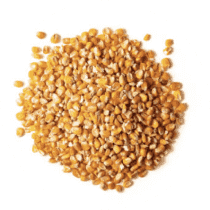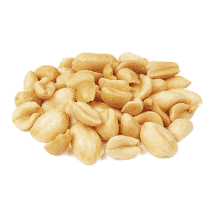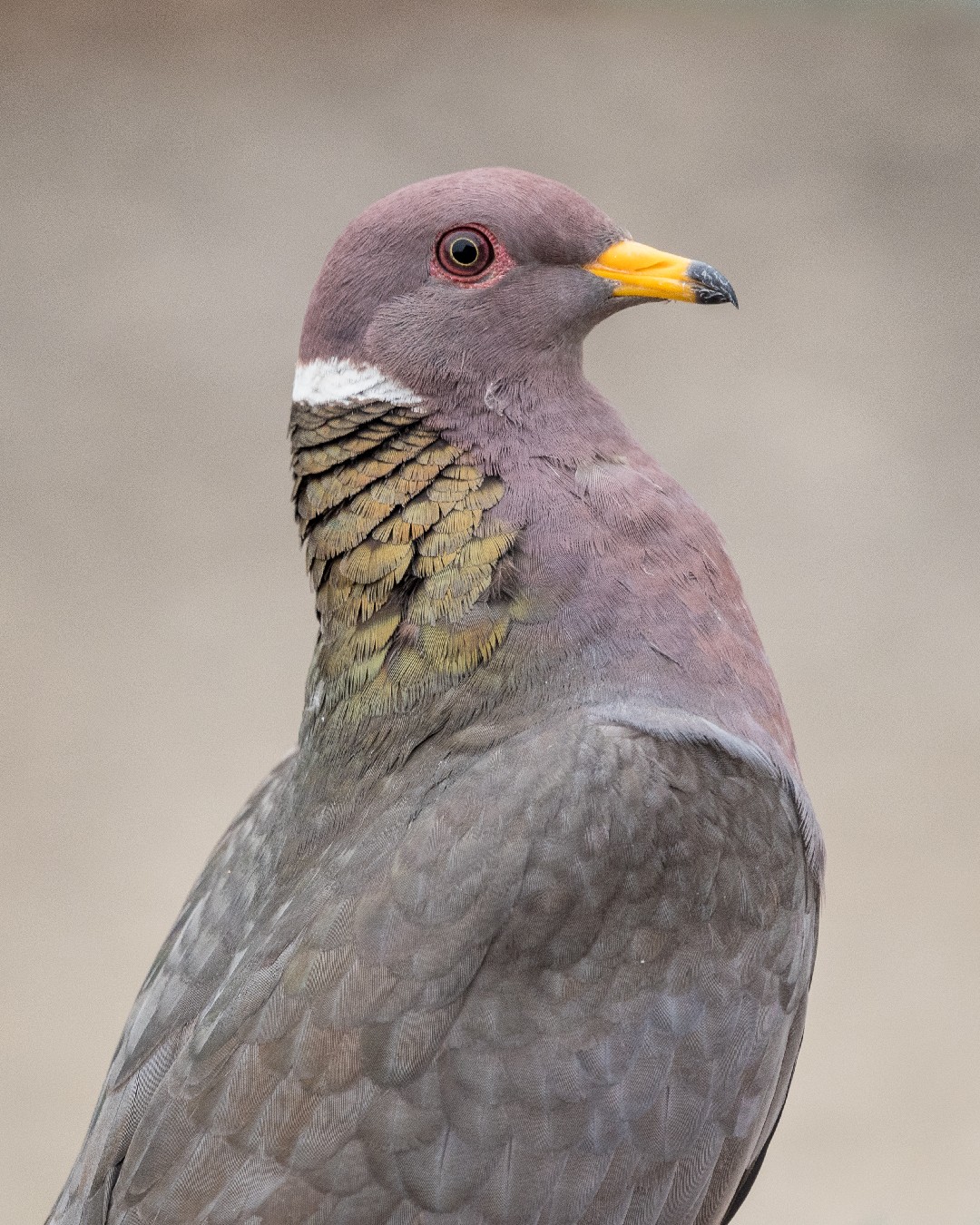Band-tailed Pigeon
A species of American Pigeons Scientific name : Patagioenas fasciata Genus : American Pigeons
Band-tailed Pigeon, A species of American Pigeons
Botanical name: Patagioenas fasciata
Genus: American Pigeons
Content
Description People often ask General Info
Description
The band-tailed Pigeon inhabits mixed coniferous forests as well as suburban backyards and parks. These birds travel in flocks searching for their favorite foods like nuts, seeds, and the occasional fruit; these flocks have been known to consist of several hundred birds at one time! The song of the band-tailed Pigeon is slow and resembles the call of an owl.
Size
36-38 cm (14-15 in)
Life Expectancy
18 years
Nest Placement
Tree
Clutch Size
1 - 2 eggs
Incubation Period
1 - 3 broods
Number of Broods
16 - 22 days
Nestling Period
15 - 29 days
Feeding Habits
Band-tailed Pigeon are herbivores, consuming grains, domestic and wild fruits, acorns, pine nuts, and flowers. They forage in flocks, utilizing unique behaviors like hanging upside-down to feed. Specializing in swallowing whole acorns, they traverse long distances daily to access varied food sources. Parents produce 'crop milk' for their young, and adults seek mineral-rich waters for sodium.
Habitat
Band-tailed Pigeon thrive in forested environments, from oak canyons and chaparral to dense coniferous mountain forests. Their habitats span from sea level to elevations of 10,000 feet, including temperate rainforests and drier mountainous regions with pines and oaks. They require berry-producing vegetation and primarily winter in the southern reaches of their range.
Nest Behavior
Both band-tailed Pigeon partners construct the nest over 3-6 days, with an unclear role in site selection. They demonstrate shared responsibility in nest building and care for their offspring post egg-laying, adhering to the species-specific patterns of reproduction.
Nest Characteristics
Band-tailed Pigeon's nest, typically located 10-180 feet up on sturdy branches of Douglas-fir, acacia, lodgepole pine, or live oak, is a flat or saucer-shaped platform comprising haphazardly intertwined twigs with occasional needles, moss, or feathers, measuring about 8 inches across and 4 inches high.
Dite type
Granivorous
People often ask
General Info
Feeding Habits
Bird food type

Black Oil Sunflower Seeds

Hulled Sunflower Seeds

Cracked Corn

Peanut Hearts

Millet

Milo
Bird Feeder Type

Large Hopper

Platform

Ground
Sounds
Song
Recording location: Mexico
Song
Recording location: United States
Behavior
Band-tailed Pigeon are highly social, forming large flocks that can reach up to 300 individuals. Aside from being non-confrontational during feedings, they display communal vigilance to deter predators such as hawks and owls. Unique to band-tailed Pigeon is their lengthy breeding season, capable of yielding three nests annually, typically with a single egg each. Their courtship involves distinctive head movements and posturing among the treetops. Both parents share incubation duties, illustrating their monogamous bonds. If threatened, band-tailed Pigeon display aggressive protective behaviors, including hissing and wing striking to defend their nests.
Species Status
Not globally threatened.
Scientific Classification
Phylum
Chordates Class
Birds Order
Pigeons and doves Family
Dove Genus
American Pigeons Species
Band-tailed Pigeon 